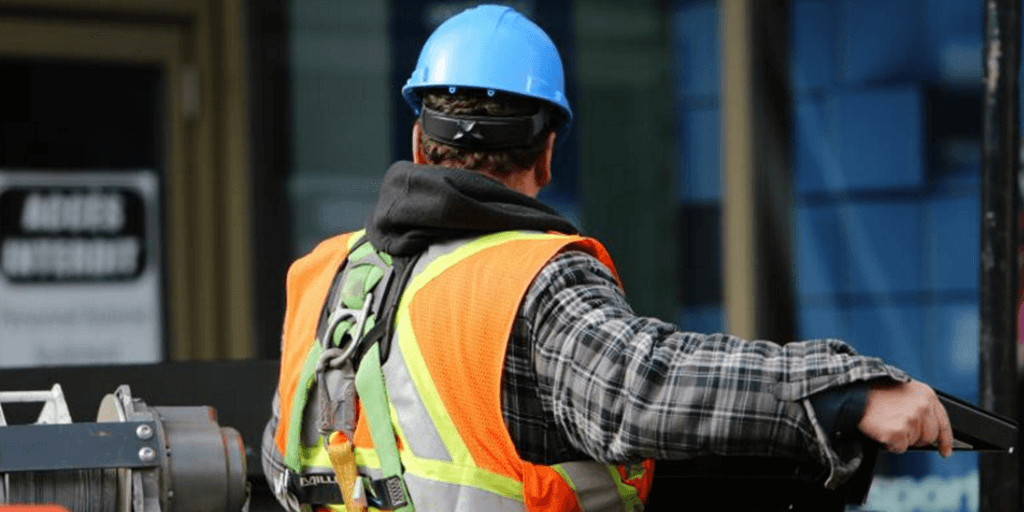
CHT has the most Medical Gas Verifiers of any firm in the country. We have inspected and approved thousands of medical builds and remodels over the years.
In some cases, we find deficiencies that can be avoided if the construction manager or installer is aware of the regulations. Installation performed by an expert who is up to date with the current regulations allows the job to be done right the first time.
The alternative is that the verifier does not approve the site for use after the initial installation.
Then, the installer has to be recalled, repairs have to be made, and another verifier visit must be scheduled before the areas can be used.
Most Common MedGas Deficiencies Identified to Solve Future Problems
NFPA 99, 2012 - 5.1.9.3.4(1)&(2), 5.1.9.3.1: Incorrect placement of area alarm panels and/or pressure sensors.
NFPA 99, 2012 - 5.1.9.3(2): Area alarm panels missing from critical care zones.
NFPA 99, 2012 – 5.1.9.2.1: Minimum of two master alarm panels, and these panels located in the maintenance office/workspace or an area of continuous surveillance when the facility is in operation.
NFPA 99, 2012 – 5.1.9.2.3.1, 5.1.9.2.3.2, 5.1.9.2.3.5, 5.1.9.2.3.8: Master alarm panels shall not be relayed or daisy-chained from one panel to another, shall not utilize common conductors where interruption would disable multiple signals, or failure at one panel should not affect the other panel.
NFPA 99, 2012 - 5.1.4.8 (1): No intervening wall between zone valves and terminals.
NFPA 99, 2012 - 5.1.3.6.2, 5.1.14.1.4: Medical Air or Medical-Surgical Vacuum terminals installed in areas that are not designed for patient use, respiration, or respiratory calibration.
NFPA 99, 2012 - 5.1.5.16: Anesthetizing locations missing WAGD pipeline and terminals.
NFPA 99, 2012 - 5.1.4.8.7.2: Anesthetizing locations missing zone valves for each individual zone.
The Joint Commission Hospital Accreditation Standard EC 02.05.01: No emergency instructions posted on all alarm panels.
NFPA 99, 2012 - 5.1.9(6)(7): Labeling of alarm panel area list and separate indicators for what the alarm is monitoring.
NFPA 99, 2012 - 5.1.11.1.2(1)(2): Piping for each gas must be labeled every 20 feet.
NFPA 99, 2012 - 5.1.11.2.1 (1-3): All medical gas valves must be labeled. This includes service valves, in-line valves, riser valves, and valves above the ceiling.
NFPA 99, 2012 - 5.1.3.1.8, 5.1.3.1.9: Manifold room doors being a minimum ¾ hour fire rated 5.1.3.3.2(4) with proper signage.
NFPA 99, 2012 – 5.1.8.2.3: All pressure sensing devices and mainline gauges on the patient side of the source valve (excluding zone valve gauges) shall include a gas-specific demand check fitting for service and testing.
NFPA 99, 2012 - 5.1.12.2.6.1, 5.1.12.3.1.6: Drywall not being complete around outlets is often an issue and warrants a return trip by the verifier. The terminals or manufactured assemblies need to be ready to turn over to the facility; therefore, drywall and any other components must be completely installed, and the area must be ready and safe for patient use.
Conclusion
CHT will be glad to help you save time and money by going over your medical gas blueprints before the actual construction starts to avoid many of these issues.
Blueprint reviews will help eliminate potential complications in the future. You can also get the NFPA-approved labels from CHT for both the piping and the valves.
Please contact your local CHT representative for more information.
photo credit: construction worker




